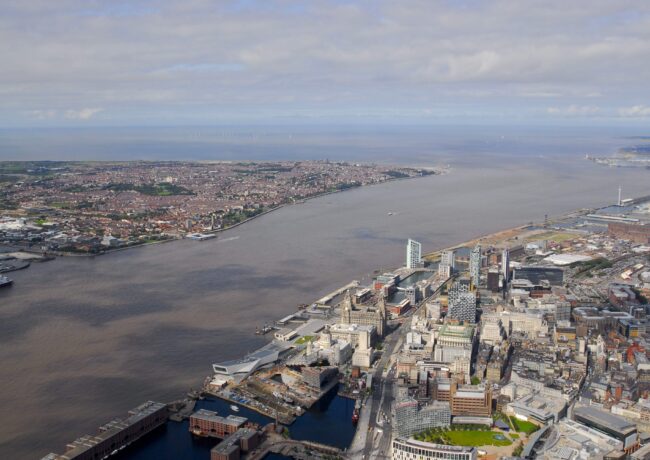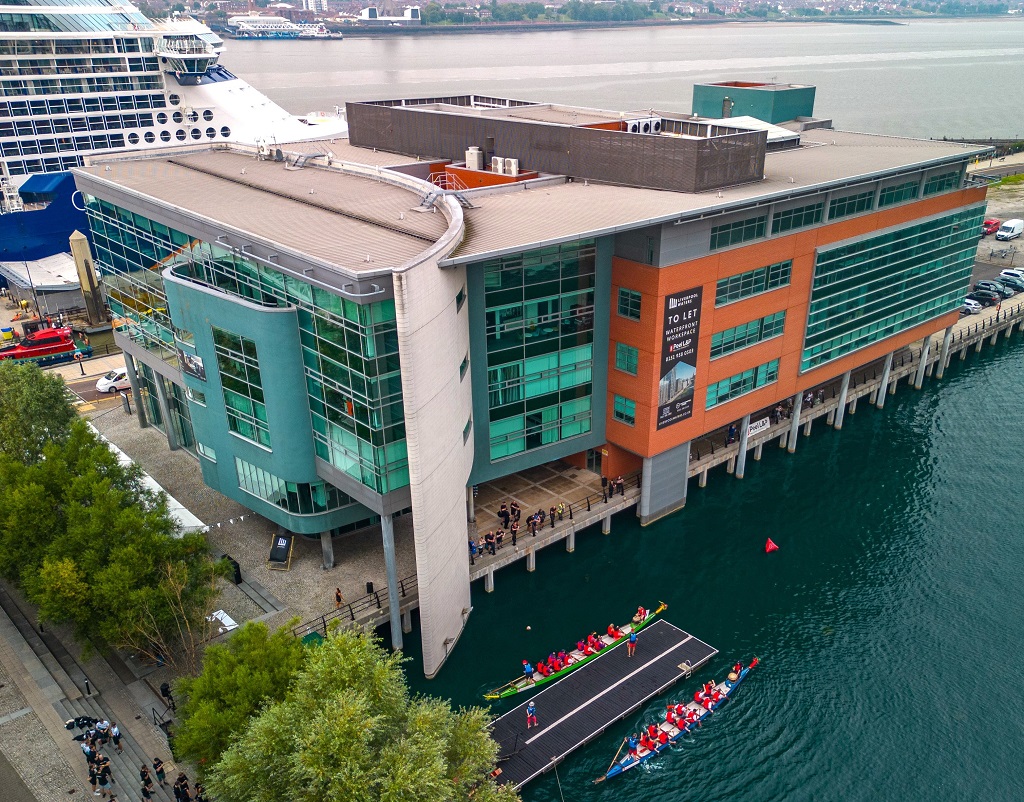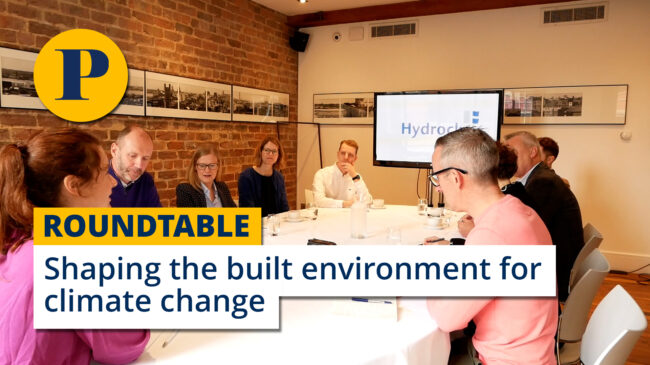Liverpool retains World Heritage status
The World Heritage Committee has approved the city’s status at its annual summit, but it remains on a list of “sites in danger”, a position it has held since Peel’s vast Liverpool Waters scheme was approved in 2012.
The committee approved Liverpool’s status following a recommendation by heritage bodies UNESCO and ICOMOS, but it remains on the “World Heritage in Danger” list.
The proposed £5bn Liverpool Waters project, and specifically the Central Docks neighbourhood, given outline planning in 2013, were seen by UNESCO as being one of the main threats to the city’s World Heritage Site status.
However, the proposals for the site have since been reviewed by Peel, Liverpool City Council and Historic England, with a series of measures now in place to protect the status of the site.
These include regulatory planning documents which provide legal guidelines to protect the WHS properties; design guidelines in the city’s local plan; developing a “skyline policy” for tall buildings; and a review of the WHS’ boundary with a view to “extending or enhancing” the existing site.
The council will also look to build a communication strategy aimed at the city’s developers.
Mayor of Liverpool Joe Anderson said the announcement was “welcome news” but added managing the city’s growth was “a delicate task”.
“Liverpool’s maritime heritage is a fundamental part of our city, our history, and our culture offering to attract visitors. We are, rightly, very proud of our heritage and its contribution to our tourism economy,” he said.
“This is a delicate task and involves all the major city stakeholders working together to understand very specific planning issues and creating solutions that works for the city and UNESCO.”
Sir David Henshaw, chair of Liverpool’s WHS taskforce, added: “This decision is very good news in the sense that our status is not going to be removed. Liverpool is still on the danger list so there’s much work to be done. Fortunately much progress has been made and now there is a clear roadmap to develop.
“As well a greater communication with the WHS committee we also need to focus on how we engage more with stakeholders and communities so they can better understand how the site can shape the city’s future.”




